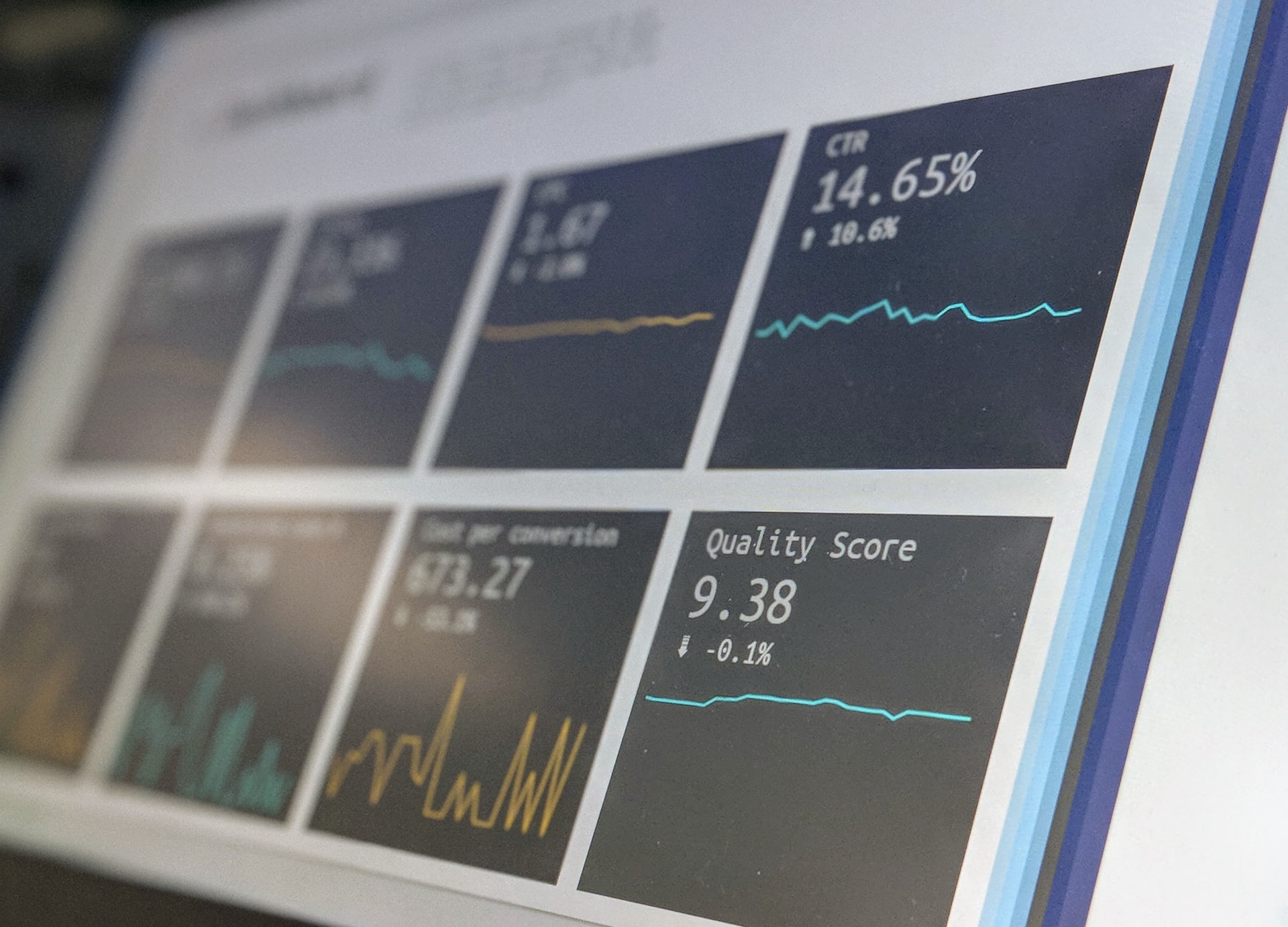In today’s world, data is everywhere, and businesses are collecting more of it than ever before. The real challenge is what to do with all that data and how to turn it into actionable insights that can inform business decisions. This is where data analytics comes in. In this article, we’ll explore the importance of data analytics in business decision-making and how it can help businesses stay ahead of the competition.
What is Data Analytics?
Data analytics is the process of examining large and varied data sets to identify patterns, relationships, and insights that can inform business decisions. This process involves using various analytical tools, techniques, and methodologies to extract meaningful insights from raw data. The goal of data analytics is to help businesses make more informed and data-driven decisions.
Why is Data Analytics Important?
Data analytics is important for businesses for several reasons. First, it can help businesses better understand their customers. By analyzing customer data, businesses can identify patterns and trends in customer behavior, preferences, and needs. This information can then be used to develop more targeted and effective marketing campaigns, improve customer experience, and increase customer retention.
Second, data analytics can help businesses optimize their operations. By analyzing operational data, businesses can identify inefficiencies, bottlenecks, and areas for improvement. This information can then be used to streamline processes, reduce costs, and improve overall efficiency.
Third, data analytics can help businesses stay ahead of the competition. By analyzing market data and industry trends, businesses can identify emerging opportunities and threats. This information can then be used to develop new products and services, enter new markets, and stay ahead of the competition.
Real-Life Examples of Data Analytics in Business Decision-Making
Let’s take a look at some real-life examples of how data analytics has helped businesses make more informed and data-driven decisions.
Example 1: Netflix
Netflix is a prime example of a company that has successfully used data analytics to inform its business decisions. By analyzing user data, Netflix can make personalized recommendations to each user based on their viewing history, ratings, and preferences. This has helped Netflix increase customer retention and loyalty.
Netflix also uses data analytics to inform its content creation and acquisition decisions. By analyzing viewer data, Netflix can identify which types of content are most popular among its viewers. This information can then be used to produce more of that content or acquire similar content from other sources.
Example 2: Walmart
Walmart is another company that has successfully used data analytics to inform its business decisions. By analyzing sales data, Walmart can identify which products are selling well and which ones are not. This information can then be used to optimize inventory levels, reduce waste, and improve profitability.
Walmart also uses data analytics to inform its pricing decisions. By analyzing competitor pricing data and market trends, Walmart can identify opportunities to adjust its prices and remain competitive.
Example 3: Amazon
Amazon is a company that is famous for its use of data analytics. By analyzing customer data, Amazon can make personalized product recommendations to each user. This has helped Amazon increase customer retention and loyalty.
Amazon also uses data analytics to inform its supply chain and logistics decisions. By analyzing shipping data, Amazon can identify areas for improvement and optimize its delivery routes and schedules.
Conclusion
Data analytics is becoming increasingly important for businesses of all sizes and industries. By analyzing data, businesses can make more informed and data-driven decisions, better understand their customers, optimize their operations, and stay ahead of the competition. With the right tools, techniques, and methodologies, businesses can turn their raw data into actionable insights that drive business success.
References:
- Al-Shiakhli, S. (2019). “Big Data Analytics: A Literature Review Perspective.” Retrieved from https://www.diva-portal.org/smash/get/diva2:1320182/fulltext01.pdf
- McAfee, A., & Brynjolfsson, E. (2012). “Big data: The management revolution.” Harvard Business Review. Retrieved from https://hbr.org/2012/10/big-data-the-management-revolution
- Frankenfield, J. (2023). “Data Analytics: What It Is, How It’s Used, and 4 Basic Techniques.” Retrieved from https://www.investopedia.com/terms/d/data-analytics.asp
- Wixom, B. H., & Ariyachandra, T. (2017). The current state of business intelligence in academia: The arrival of big data. Journal of Business Research. Retrieved from https://aisel.aisnet.org/cais/vol34/iss1/1/

